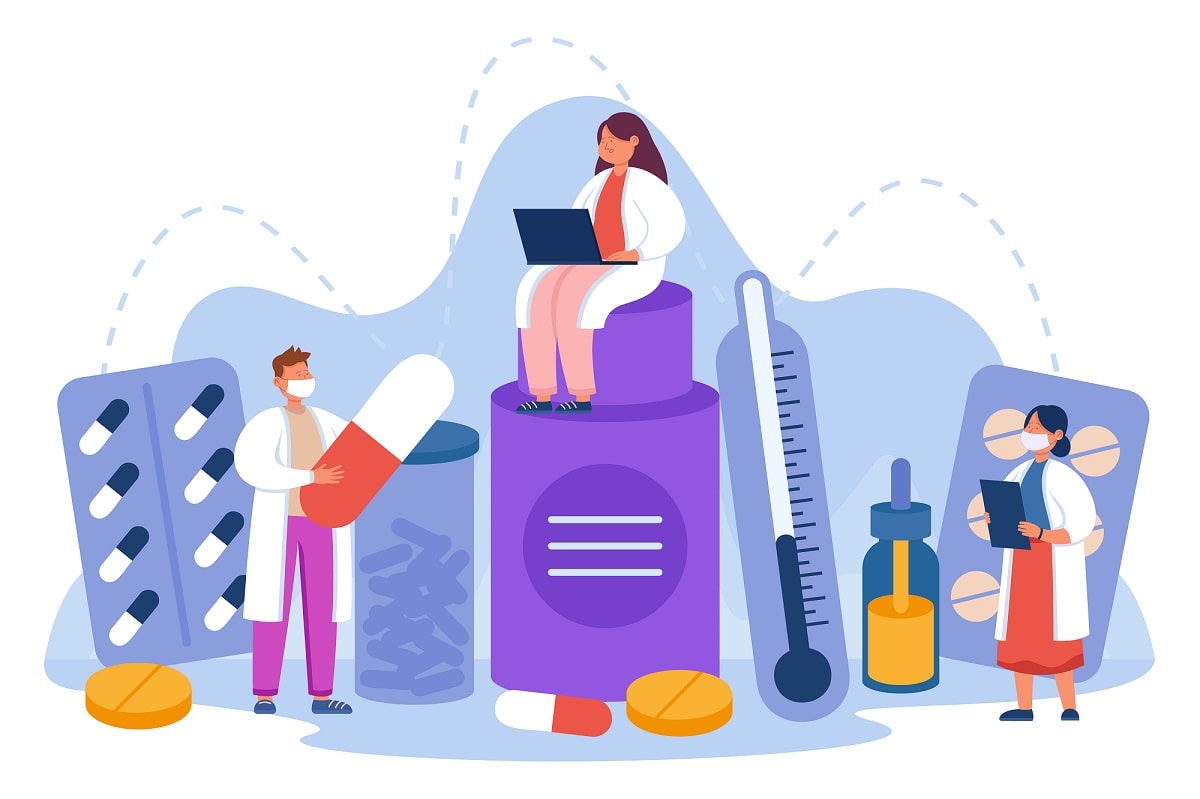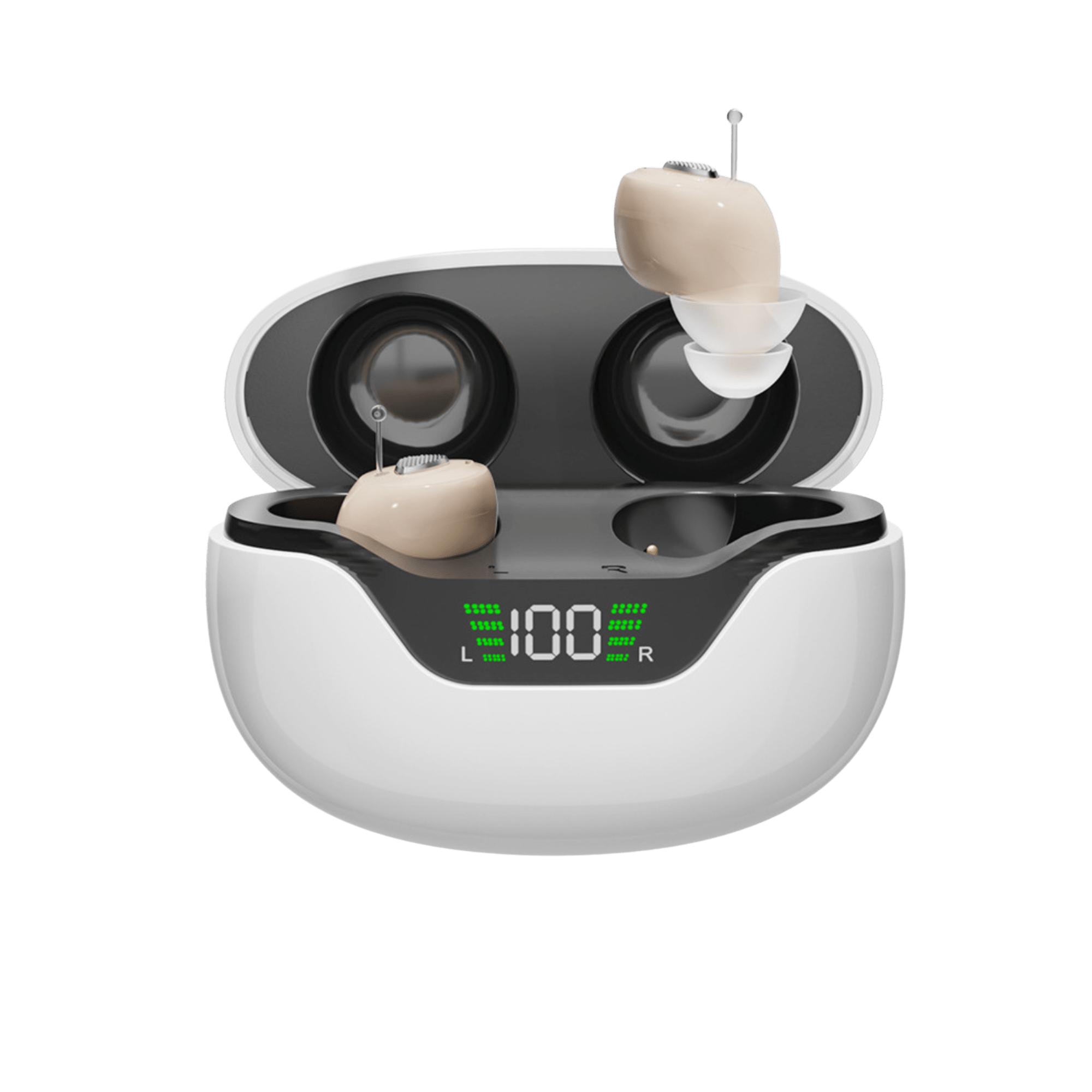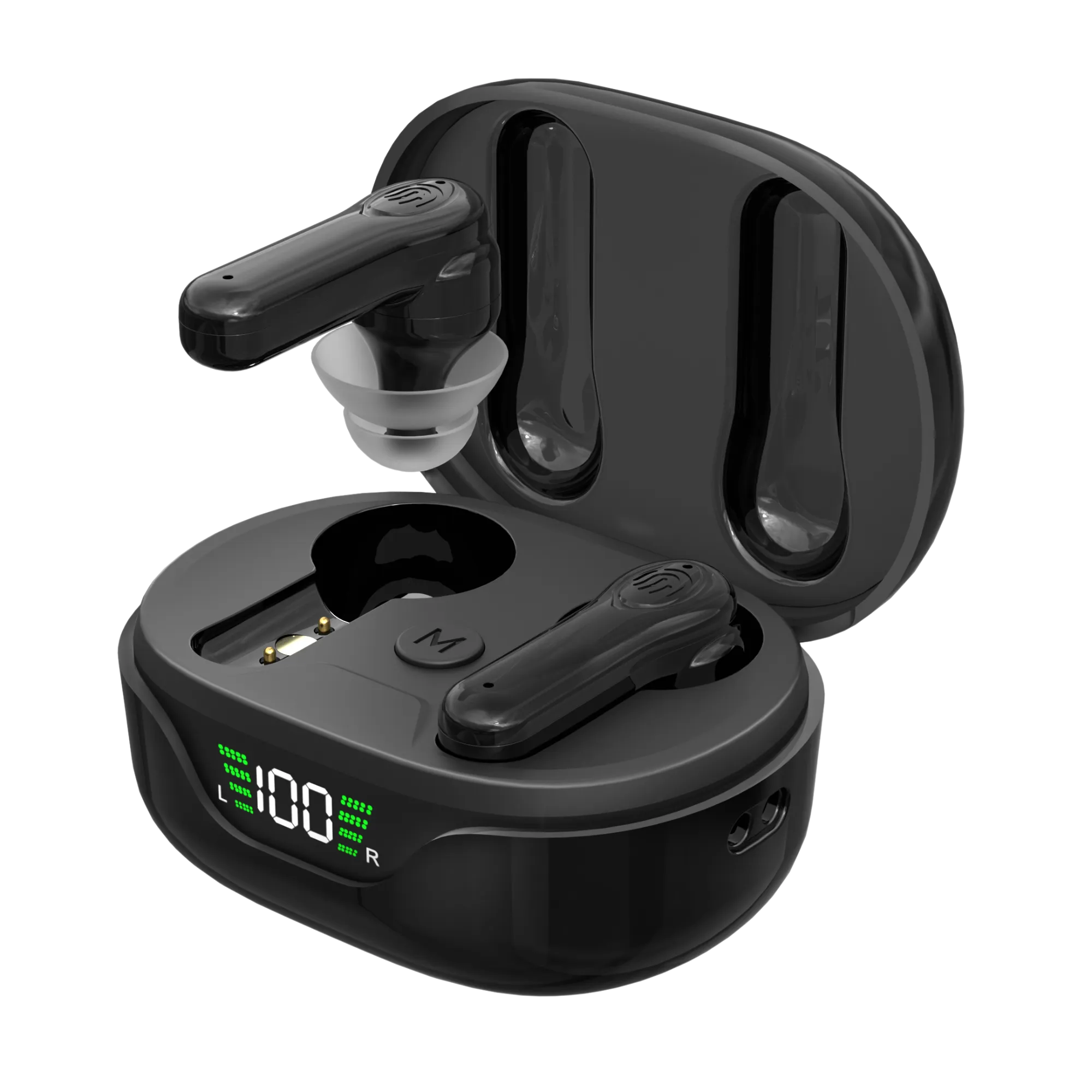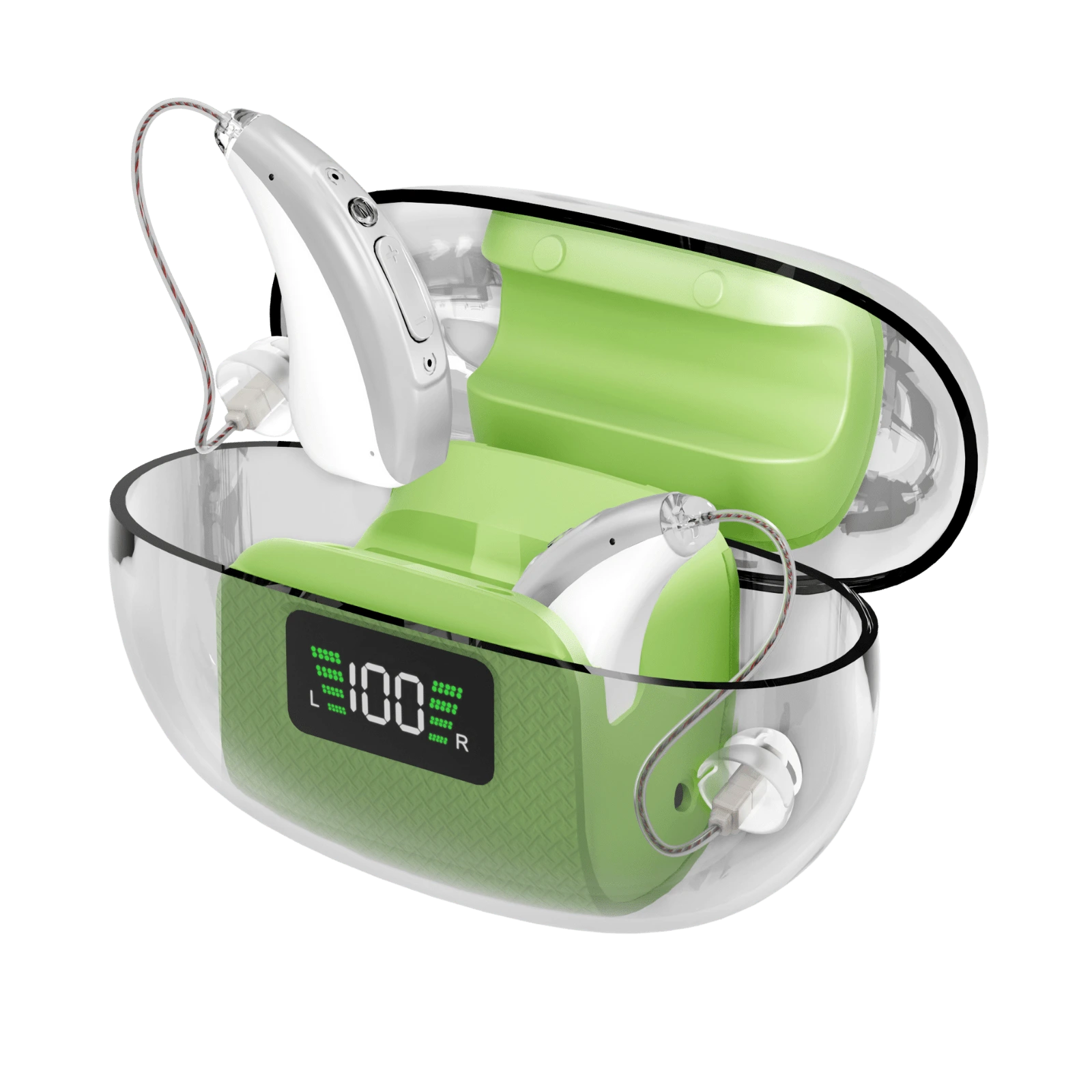Introduction
The process of navigating the complexities of hearing aid coverage is one that involves several different steps. There are a great number of people all over the world who require these necessary equipment, but the exorbitant expense of them frequently presents a substantial obstacle. The purpose of this page is to provide light on various sources of financial help, with a particular emphasis on foreign relief organizations, financing possibilities offered by resellers and distributors, and advocacy groups for hearing health.
The Role of International Aid Organizations in Filling the Void
Assistance in the field of healthcare is one of the areas in which international aid groups give critically important help in spite of inadequate resources. When it comes to hearing aids, there are certain groups who have decided to make this the primary focus of their work.
For instance, the mission of Worldwide Hearing is to make hearing aids and the associated care more accessible for children living in disadvantaged regions all over the world. In a similar vein, the "Make Listening Safe" project spearheaded by the World Health Organization (WHO) targets the prevention of hearing loss and the increased availability of hearing aids on a worldwide scale.
On the other hand, the coverage provided by these organizations frequently focuses on particular demographics, such as children or those with low incomes, and it may not be available to everyone. Nevertheless, they are an extremely important factor in drawing attention to the worldwide demand for accessible and reasonably priced hearing healthcare as well as innovative solutions.
Options for Financing Available to Resellers and Distributors: A Way Forward
Hearing aid retailers and distributors frequently provide customers with financing alternatives in order to make these devices more accessible to those with lower incomes. These financing options often require an initial payment, followed by regular payments made on a monthly basis. As a result, the total cost of the hearing aids is spread out over a longer period of time.
A large number of resellers provide these plans through partnerships with various finance companies. For instance, Miracle-Ear, a well-known distributor of hearing aids in the United States, works with Synchrony Bank to provide customers with the ability to get financing. It is vital to study the terms and circumstances of the plan in great detail, including the interest rates and any possible penalties for late payments. Even while these plans can make hearing aids more cheap, it is still important to do so.
The Power of Collective Action as Exemplified by Advocacy Groups
Advocacy groups or organisations for hearing health play an important part in the process of influencing policy changes, increasing awareness, and occasionally offering direct help for those who are in need of hearing aids. For instance, the Hearing Loss Association of America (HLAA), which fights for hearing devices to be covered by insurance and provides a comprehensive list of financial options for hearing aids, is a good example.
The Alexander Graham Bell Association for the Deaf and Hard of Hearing (AG Bell) is another organization that assists those who are deaf or hard of hearing by providing information on various sources of financial support for hearing aids. Although advocacy groups may not directly pay for hearing aids, the work they do to advocate for policies, raise awareness, and share resources may have a substantial influence on the availability of hearing aids.
Conclusion
The process of making hearing aids more accessible can sometimes feel overwhelming. However, the environment of hearing aid coverage is becoming easier to navigate because to the work of foreign assistance organizations, financing alternatives from resellers, and advocacy groups. Hearing aids should be available to everybody who requires them, and each of these organizations fulfills a distinct function that helps move the larger mission forward.
Even while problems with hearing aid coverage are still prevalent, the combined efforts of these many organizations point to a future in which hearing healthcare will be more accessible and welcoming to a wider range of people. As long as we keep bringing attention to and supporting these many routes, the day will come when hearing aids will be within the financial reach of everyone.
The process of navigating the complexities of hearing aid coverage is one that involves several different steps. There are a great number of people all over the world who require these necessary equipment, but the exorbitant expense of them frequently presents a substantial obstacle. The purpose of this page is to provide light on various sources of financial help, with a particular emphasis on foreign relief organizations, financing possibilities offered by resellers and distributors, and advocacy groups for hearing health.
The Role of International Aid Organizations in Filling the Void
Assistance in the field of healthcare is one of the areas in which international aid groups give critically important help in spite of inadequate resources. When it comes to hearing aids, there are certain groups who have decided to make this the primary focus of their work.
For instance, the mission of Worldwide Hearing is to make hearing aids and the associated care more accessible for children living in disadvantaged regions all over the world. In a similar vein, the "Make Listening Safe" project spearheaded by the World Health Organization (WHO) targets the prevention of hearing loss and the increased availability of hearing aids on a worldwide scale.
On the other hand, the coverage provided by these organizations frequently focuses on particular demographics, such as children or those with low incomes, and it may not be available to everyone. Nevertheless, they are an extremely important factor in drawing attention to the worldwide demand for accessible and reasonably priced hearing healthcare as well as innovative solutions.
Options for Financing Available to Resellers and Distributors: A Way Forward
Hearing aid retailers and distributors frequently provide customers with financing alternatives in order to make these devices more accessible to those with lower incomes. These financing options often require an initial payment, followed by regular payments made on a monthly basis. As a result, the total cost of the hearing aids is spread out over a longer period of time.
A large number of resellers provide these plans through partnerships with various finance companies. For instance, Miracle-Ear, a well-known distributor of hearing aids in the United States, works with Synchrony Bank to provide customers with the ability to get financing. It is vital to study the terms and circumstances of the plan in great detail, including the interest rates and any possible penalties for late payments. Even while these plans can make hearing aids more cheap, it is still important to do so.
The Power of Collective Action as Exemplified by Advocacy Groups
Advocacy groups or organisations for hearing health play an important part in the process of influencing policy changes, increasing awareness, and occasionally offering direct help for those who are in need of hearing aids. For instance, the Hearing Loss Association of America (HLAA), which fights for hearing devices to be covered by insurance and provides a comprehensive list of financial options for hearing aids, is a good example.
The Alexander Graham Bell Association for the Deaf and Hard of Hearing (AG Bell) is another organization that assists those who are deaf or hard of hearing by providing information on various sources of financial support for hearing aids. Although advocacy groups may not directly pay for hearing aids, the work they do to advocate for policies, raise awareness, and share resources may have a substantial influence on the availability of hearing aids.
Conclusion
The process of making hearing aids more accessible can sometimes feel overwhelming. However, the environment of hearing aid coverage is becoming easier to navigate because to the work of foreign assistance organizations, financing alternatives from resellers, and advocacy groups. Hearing aids should be available to everybody who requires them, and each of these organizations fulfills a distinct function that helps move the larger mission forward.
Even while problems with hearing aid coverage are still prevalent, the combined efforts of these many organizations point to a future in which hearing healthcare will be more accessible and welcoming to a wider range of people. As long as we keep bringing attention to and supporting these many routes, the day will come when hearing aids will be within the financial reach of everyone.





